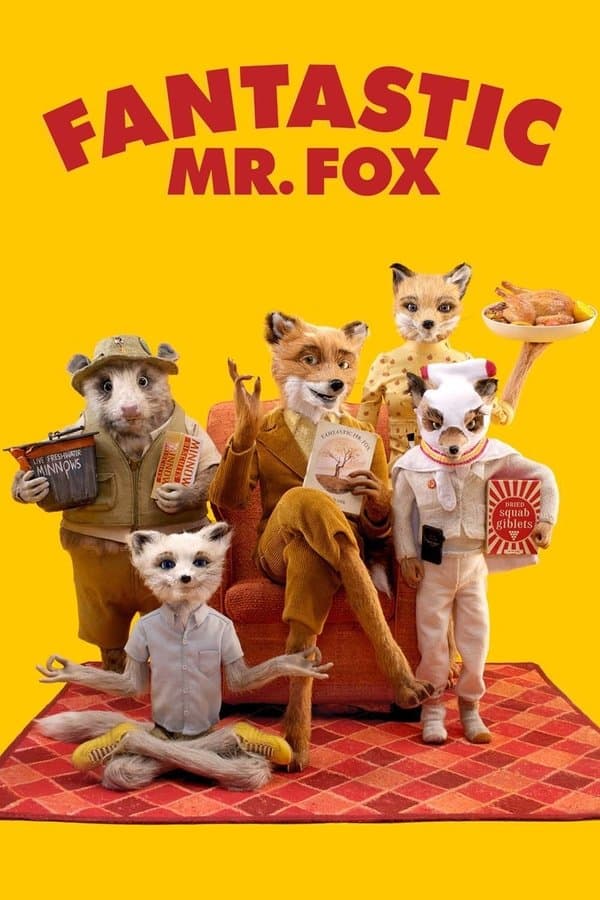
Fantastic Mr. Fox
2009 • Adventure, Animation, Comedy, Family • PG
The Fantastic Mr. Fox, bored with his current life, plans a heist against the three local farmers. The farmers, tired of sharing their chickens with the sly fox, seek revenge against him and his family.
Runtime: 1h 27m
Why you should read the novel
Reading Roald Dahl's original novel 'Fantastic Mr. Fox' offers a unique charm, full of Dahl’s playful language, clever wordplay, and a pace perfect for readers of all ages. The book immerses you in the world of Mr. Fox and his family, providing insight into their motivations and schemes with an intimacy that only the written word can deliver. Dahl’s distinct storytelling style also ignites the imagination, allowing readers to picture the vivid setting and vibrant characters in their own unique way.
Beyond entertainment, the novel is a wonderful entry point into Dahl's wider works, which have delighted generations with their humor, adventure, and subtle moral lessons. The book encourages empathy, resourcefulness, and resilience, making it not just a quick read, but a rewarding one for both children and adults alike. The pure simplicity of the story, uncluttered by extraneous subplots, gives readers a direct connection to its themes and humor.
Choosing to read the source material draws readers into a timeless literary experience that preceded the stylish adaptation. It serves as an excellent reminder of the enduring power of books to spark the imagination and connect us across generations, offering a chance to enjoy an enduring classic exactly as its author intended.
Adaptation differences
One of the most significant differences between the 'Fantastic Mr. Fox' film and the original book lies in the story’s scope and complexity. While Roald Dahl’s novel is relatively straightforward, focusing primarily on Mr. Fox’s cunning plan to outwit the farmers and provide for his family, Wes Anderson’s adaptation introduces a wider range of characters and subplots. The film explores the personalities and inner lives of Mr. Fox, Mrs. Fox, and their son Ash, delving into family dynamics and personal insecurities that are not present in the book.
Another key difference is the tone and style of storytelling. Dahl’s book is written for children, with simple language, a fast-paced plot, and direct narration. The film, while appealing to children, incorporates more sophisticated humor, dry wit, and adult themes, characteristic of Wes Anderson’s filmmaking. This tonal shift makes the movie resonate with a broader, often older audience and drives the narrative in directions the book never intended.
Additionally, significant plot expansions and original content appear in the movie. Characters like Kylie the opossum and Cousin Kristofferson are movie inventions, providing humor and emotional subplots. The film’s expanded heist elements, elaborate chase sequences, and confrontation scenes far exceed the scope of the book, which largely stays focused on the survival story of the Fox family and their animal friends against the three farmers.
Finally, the conclusion of the story differs. The book ends with Mr. Fox and his friends safely feasting underground, content to outsmart the farmers and live off their bounty. The film’s ending, meanwhile, sets the animals in an abandoned supermarket, hinting at ongoing adventures and mutual understanding. This shift infuses the story with a sense of bittersweet victory and a slightly ambiguous, open-ended feel distinct from the tidy resolution of the original book.
Fantastic Mr. Fox inspired from
Fantastic Mr. Fox
by Roald Dahl












